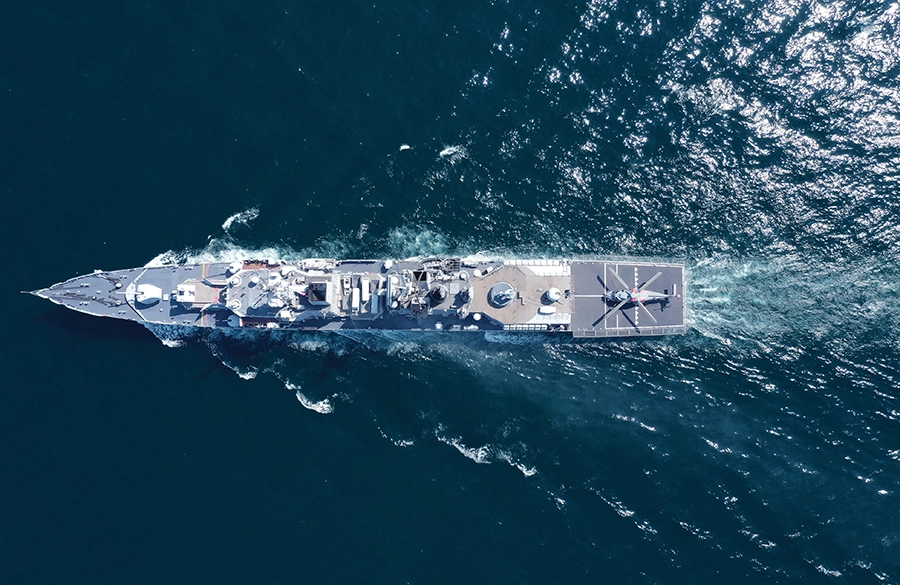Here is a portion of my interview about the book, which covers forming strategies, unleashing ideas, connecting with customers and enabling employees to achieve great results.
Question: Describe what you mean by “maverick.”
Answer: Mavericks are different, edgy, and independent of spirit. Their personal style or message may not appeal to everyone. But that’s precisely the point: mavericks are defined by the power and originality of their ideas. They stand out from the crowd because they stand for something truly unique. What’s more, they take stands against the status quo, in defiance of the industry elite and offer compelling alternatives to business- as-usual. Mavericks may be fighters, but they’re not rebels without a cause. Their sense of purpose is not only powerfully distinct (Think: Southwest Airline’s quest to democratize the skies), it’s provocative and disruptive (Think: HBO’s declaration of originality It’s not TV. It’s HBO). Don’t confuse mavericks’ unswerving commitment to a cause and their lack of patience for the status quo with the egotism, monomania, and power mongering modeled by too many celebrity CEOs and moguls. Mavericks, in fact, have a sense of humility.
Question: Are mavericks born or made?
Answer: It’s probably a little bit nature, a little bit nurture. We wrote this book to nurture the maverick in all business people. What red-blooded working person wakes up in the morning, looks in the mirror, and says I think I’ll stand for business-as-usual today? We all want to make a mark, forge our own path, and express ourselves in the world. It’s just that some of us need more of a nudge down that path than others. Hopefully the maverick individuals and ideas we present are inspiring and instructive enough to move people. The thirty two companies we feature have vastly different histories, cultures, and business models. We examined glamorous fields like fashion, advertising and Hollywood, as well as old-line industries like construction, mining, and household products. The maverick leaders of these organizations are young, old, women, men, Americans, Europeans, charismatic and preacher-like, retiring and almost reticent. They just don’t fit any one mold.
Question: How does a maverick survive within a traditional company?
Answer: We encountered a bunch of mavericks inside big traditional companies. They all seemed to have a couple of survival strategies in common:
They unleashed tough questions and critiques of their organization without losing their sense of loyalty to it. They’re the kind of questions every CEO should be asking. For example, Jane Harper asked of IBM, Why would great people want to work here? And Larry Huston, now vice president of innovation at Procter & Gamble argued, The current business model for R&D is broken. How can P&G possibly build all of the scientific capabilities we need by ourselves?
Mavericks don’t just ask questions, they act. We saw this again and again: they just got started, usually without a budget or formal permission, by designing an experiment around their question. Jane Harper launched an experimental Extreme Blue lab in Cambridge and spent a couple years begging and borrowing resources until the program’s impact became clear.
Mavericks look for peers and fellow travelers outside the boundaries of their company. Not surprisingly, mavericks tend to click when they meet other mavericks. They’re great networkers and learners and are always looking for kindred spirits for support and ideas.
Question: Who is the quintessential maverick in American business?
Answer: Herb Kelleher and the team at Southwest Airlines. In the midst of the financial carnage and heartaches of the airline business, there’s one company that keeps growing, keeps creating jobs, and keeps generating wealth. And that, of course, is Southwest. Southwest didn’t achieve these results because its fares were a little lower than Delta’s or its service was a little friendlier than United’s. It achieved those results because it re-imagined what it meant to be an airline. If you ask Herb Kelleher what business he’s in, he won’t say the airline business or the transportation business. He’ll say Southwest is in the freedom business. The purpose of Southwest is to democratize the skies, to make it as easy and affordable for rank-and-file Americans to travel as it is for the well-to-do. That’s a pretty commonplace idea today, but largely because Southwest fought the entrenched conventions of the industry so doggedly in pursuit of that purpose. Its unrivaled success is based on its unique sense of mission rather than any breakthrough technology or unprecedented business insight.
Question: What’s the difference between opensource innovation and listening to the customer?
Answer: The open-source insight is simply that you don’t have to be smart enough to have all the answers, you just have to be smart enough to invite other people to play in your sandbox. Eric von Hippel calls this lead user innovation and Tim O’Reilly calls it architecture of participation. What it’s really about is tapping into shared passion. If you want to create an enduring, emotional bond with customers, create a sense of shared ownership and participation among customers themselves.
The more you invite people in to shape your company’s personality and products, and the more you enable them to share their ideas with one another, the greater their stake in what your company does. Shared ownership is much deeper than simply listening to the customer.
For example, Jones Soda, is a Seattle-based company that targets the twelve to twenty-four year-old demographic with flavors like Fufu Berry, Blue Bubble gum, WhoopAss and special holiday drinks like Brussels Sprout with Prosciutto. When Peter van Stolk started the company, he realized the world didn’t need another soda, but that everybody needs something to connect with. That forced the team to think very differently about the design of the company. Everything they do is about sharing ownership of the brand with the customer.
One key to the brand identity of a packaged good like soda is, well, its packaging. Jones handed that over to its customers by inviting them to submit photos to feature on its labels. Over the years, Jones has received around four million photos from customers; people then vote for which photos go on labels. Customers also e-mail favorite sayings, aphorisms, and messages, which are then used as under-the-cap fortunes. In 2004, Jones launched a Web site called Jones Independent Music, where bands post songs, images, bios, and contact information. Jones customers can download the tunes for free, rate songs and bands, and create playlists to share with one another. Every month some twenty bands appear on the bottle labels. Why would a soda company offer a music service? Again, the message is never about selling soda, it’s about making the brand connect with its customers. All this is about more than just listening to the customer. It’s about sharing ownership of the brand with the customer. Jones doesn’t preach to customers about the virtues of its brand, it unleashes the energy and creativity of its customers to give the brand its virtues. Jones is trying to turn soda into a platform for social interaction.
Question: What’s the best idea in the book?
Answer: The best idea is that companies compete on purpose is hardly without precedent, but maverick companies exude an undeniable sense of purpose. A maverick’s strategy tends to be as edgy as it is enduring, as disruptive as it is distinctive, and as timely as it is timeless. In an era of hyper-competition and nonstop innovation, the most powerful ideas in business are the ones that set forth an agenda for reform and renewal—the ones that turn a company into a cause. We call it strategy as advocacy. Maverick leaders don’t start with a business plan, they start with an original blueprint for where their business can and should be going. They offer up a set of ideas that reshape the sense of what’s possible for customers, employees, and investors. For example, ING Direct is to banking what Southwest is to airlines: a direct, no-frills savings bank that thrives by challenging the status quo and offering an alternative to the worst practices of its rivals. The declared purpose of ING Direct is to lead Americans back to savings, to serve as an antidote to a toxic financial culture that encourages individuals to save too little, spend too much, and gamble with their investments. That distinctive and disruptive purpose maps to a simple business model: no branches, no ATMs, and no checking accounts—just a simple menu of savings accounts, CDs, and mutual funds. What the bank doesn’t have is minimum deposits, fees, and confusing paperwork. These differences and the bank’s edgy critique of the industry really clicks with people and turns it into a cause.
Question: What did you learn by writing the book that surprised you the most?
Answer: I was struck by how unfailingly generous these mavericks were and by how creative they were in their generosity. One of the big lessons of the book is that generosity begets prosperity. Mavericks are fierce competitors, and they’re always measuring how they’re doing. But they’re also remarkably generous, and they’re always asking how they’re helping. They don’t believe that for them to win, others have to lose. They do believe that spirit of generosity, more often than not, yields great rewards in terms of connections, opportunities, and of course, personal fulfillment. In short, the leader who figures out a way for everybody to win is the leader who wins. The leader with a zero-sum mentality gets zero
Guy Kawasaki is the chief evangelist of Canva and the creator of Guy Kawasaki’s Remarkable People podcast. He is an executive fellow of the Haas School of Business (UC Berkeley), and adjunct professor of the University of New South Wales. He was the chief evangelist of Apple and a trustee of the Wikimedia Foundation. He has written Wise Guy, The Art of the Start 2.0, The Art of Social Media, Enchantment, and eleven other books. Kawasaki has a BA from Stanford University, an MBA from UCLA, and an honorary doctorate from Babson College.



